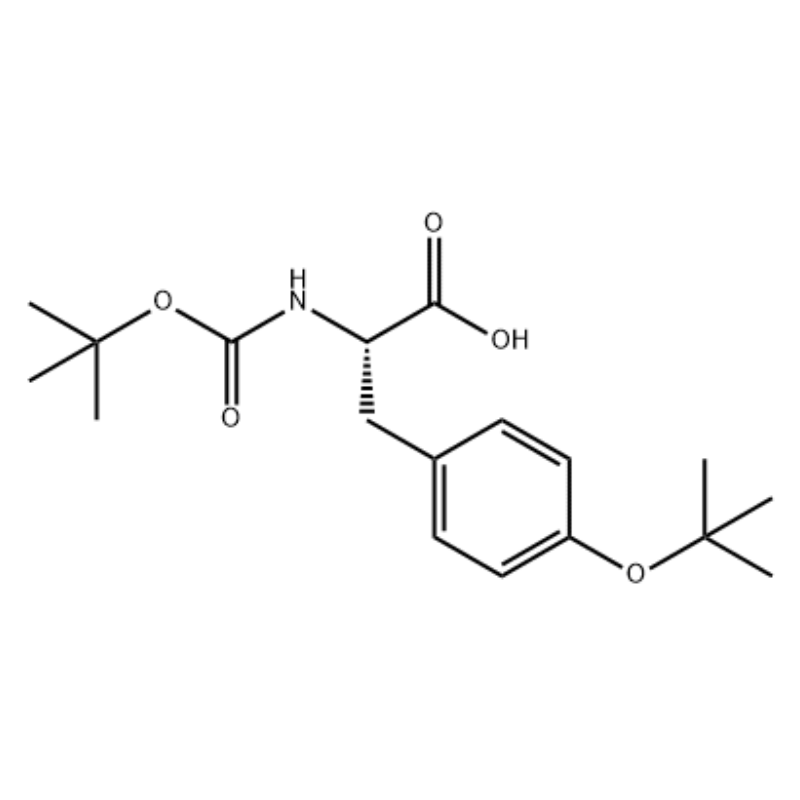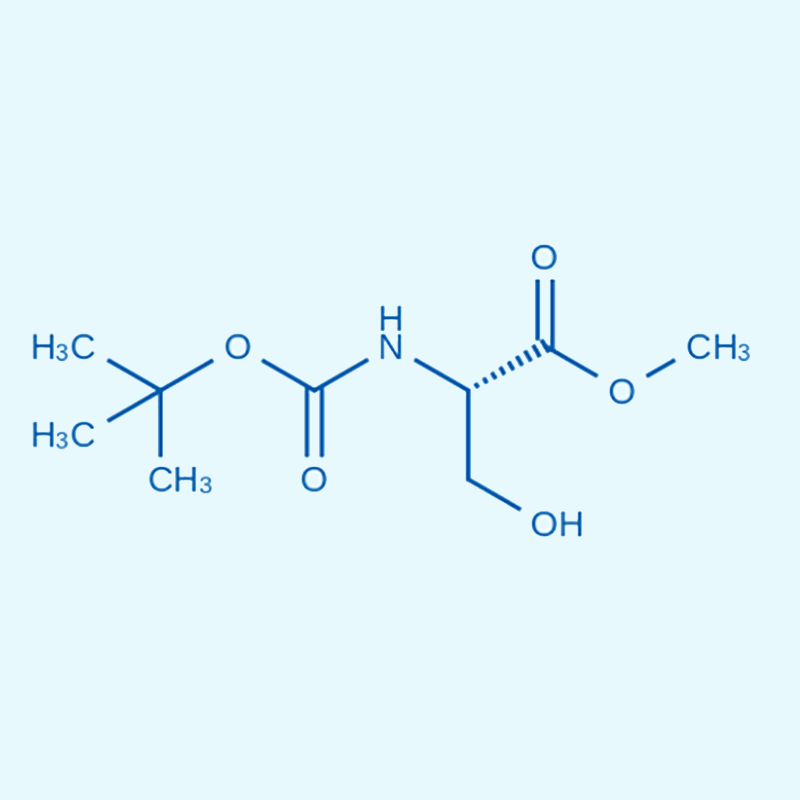image: Chemical structures of β-N-methylamino-L-alanine (BMAA) (A) and 4-diaminobutyric acid (DAB) (B) view more
β-N-methylamino-L-alanine (BMAA), a non-protein amino acid initially discovered in Cycas in 1967, has gained attention for its potential association with neurodegenerative diseases such as amyotrophic lateral sclerosis, Parkinson's and Alzheimer's. Cyanobacteria are thought to be responsible for BMAA production, and a hypothesis suggests it accumulates in the brain tissue of flying foxes and humans through the food chain, possibly contributing to higher neurodegenerative disease rates among Guam's indigenous population. However, controversy surrounds both BMAA production and its role in neurodegenerative diseases due to conflicting data and ongoing disputes over BMAA detection in biological samples, including cyanobacteria. The absence of a standardized detection method compounds the issue, with inconsistent results even from identical methods across different laboratories. Hydroxysuccinimid

“Believers can detect BMAA in all samples, while non-believers found none and remain skeptical”, says Cheng-Cai Zhang, co-corresponding author of a new study published in Water Biology and Security.
Interestingly, the authors had previously demonstrated the toxicity of BMAA to various cyanobacterial species, a finding that appeared contradictory to these organisms' ability to produce this compound. In their recent study, the researchers created an amino acid transport mutant incapable of absorbing BMAA.
“Using this mutant as a control, we observed that the detection method effectively identified BMAA when cells took up the compound. However, in the absence of externally added BMAA, no signal for BMAA was detectable,” shared Zhang.
This approach served to validate their detection method, demonstrating its sensitivity comparable to that reported in existing literature. However, the team encountered a signal that closely resembled BMAA but was, in fact, identified as DAB, a commonly occurring BMAA isomer.
“When we applied this highly sensitive method to a broad collection of laboratory-cultured strains and natural cyanobacterial bloom samples, none of them yielded detectable levels of BMAA,” said Zhang.
These new findings, in conjunction with BMAA's known toxicity, raises significant doubts regarding its cyanobacterial origin. They also underscore the importance of incorporating single ion chromatograms for distinguishing BMAA from DAB or other isomers in future BMAA research.
Contact the author: Prof. Cheng-Cai Zhang, Institute of Hydrobiology, Chinese Academy of Sciences, Wuhan, China. Email : cczhang@ihb.ac.cn
The publisher KeAi was established by Elsevier and China Science Publishing & Media Ltd to unfold quality research globally. In 2013, our focus shifted to open access publishing. We now proudly publish more than 100 world-class, open access, English language journals, spanning all scientific disciplines. Many of these are titles we publish in partnership with prestigious societies and academic institutions, such as the National Natural Science Foundation of China (NSFC).
Investigation on cyanobacterial production of the proposed neurotoxin β-N-methylamino-L-alanine (BMAA)
No conflicts of interests declared.
Disclaimer: AAAS and EurekAlert! are not responsible for the accuracy of news releases posted to EurekAlert! by contributing institutions or for the use of any information through the EurekAlert system.
Ye He KeAi Communications Co., Ltd. cassie.he@keaipublishing.com Office: 521-098-1577
Copyright © 2023 by the American Association for the Advancement of Science (AAAS)

Methyl Ester Ome Copyright © 2023 by the American Association for the Advancement of Science (AAAS)